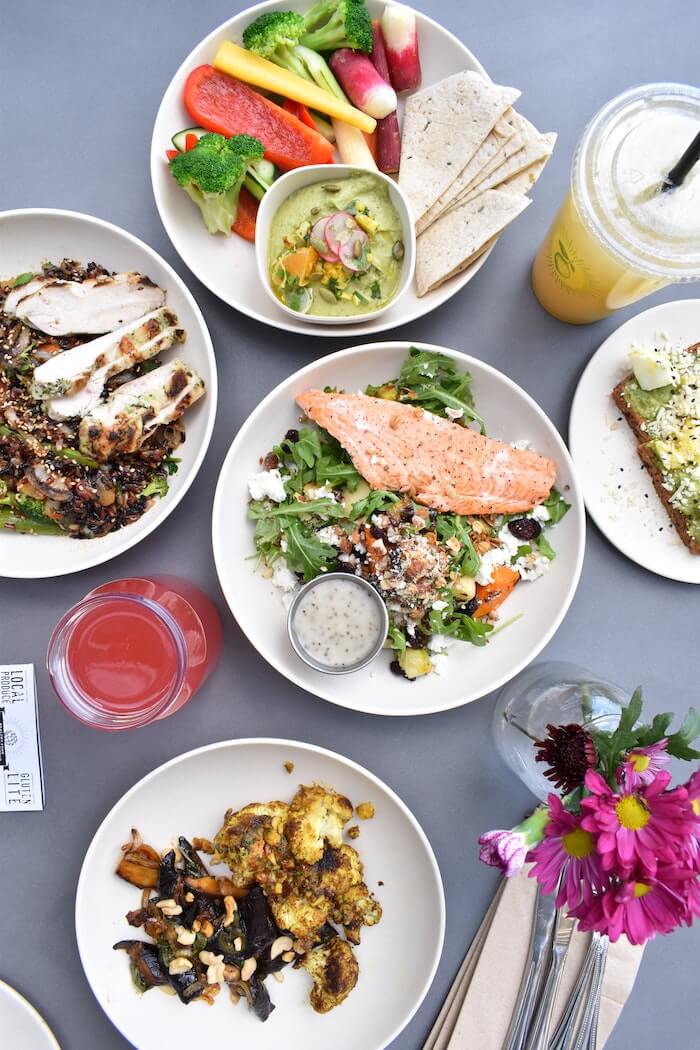Inside FDA’s ‘forever chemicals’ catastrophe
By E.A. Crunden and Ariel Wittenberg | E&E News | March 7, 2022

Read the full article by E.A. Crunden and Ariel Wittenberg (E&E News)
"Lawyers for DuPont knew the Food and Drug Administration had a serious concern that the company’s new food packaging product might be toxic.
Beagles and rats that were fed DuPont’s grease-resistant coating for paper wrappers had enlarged livers after three months, a report showed.
The year was 1966.
Inside FDA, toxicologists were irritated. “The petition is not acceptable for filing,” they wrote in an internal memo. The scientists wanted a two-year health study of the nonstick coating and the unfamiliar chemicals it was made of.
A key chemical in that mixture is now infamous: PFOA, a notorious polluter of U.S. water supplies.
The DuPont product, Zonyl RP, entered the picture as the nation was transforming its food system. Americans wanted eating to be fast, easy and cheap. At supermarkets, paper and plastic containers were delivering more food options to millions of people. Fast-food restaurants wrapped burgers and fries for working families.
With billions of dollars in future sales in the balance, questions about Zonyl’s safety were trouble for DuPont. So the company cut the amount of the coating it planned to apply to food packaging in half. Only in “exceptional circumstances,” DuPont’s lawyer assured FDA, would the substance rub off packaging and make it into people’s food.
The nation’s food safety watchdog agreed, effectively waiving the longer-term health study.
For the next half-century, PFOA would find its way into the American diet through everything from buttery popcorn to burgers and pizza.
While much of the public focus so far has been on drinking water, the dangers of PFOA and similar compounds in food packaging have largely been overlooked, especially by regulators."
Topics: